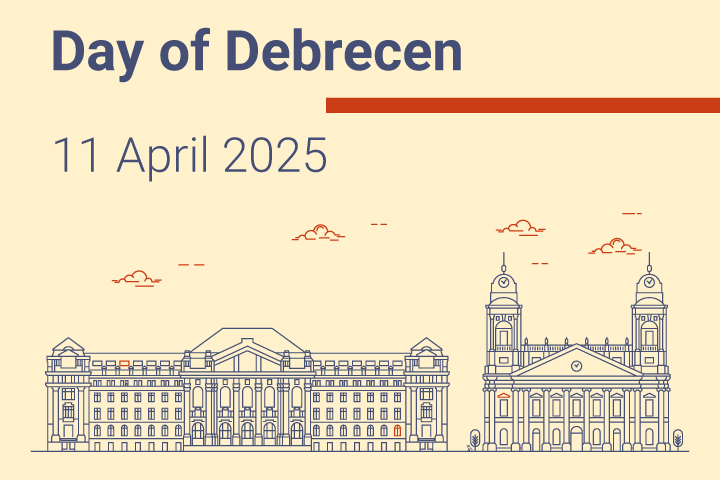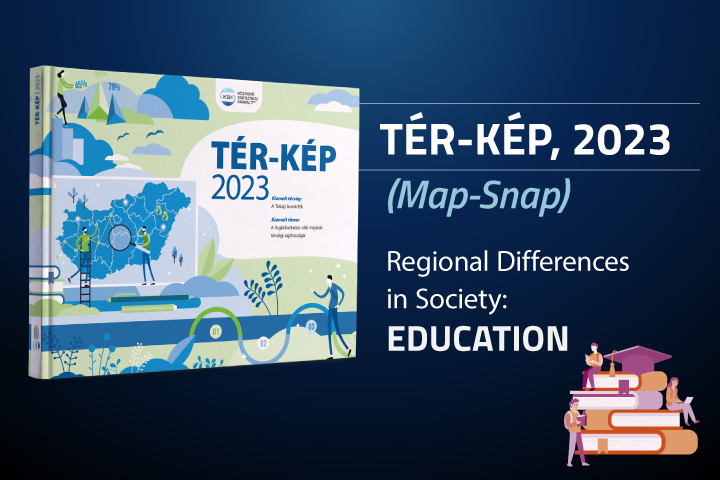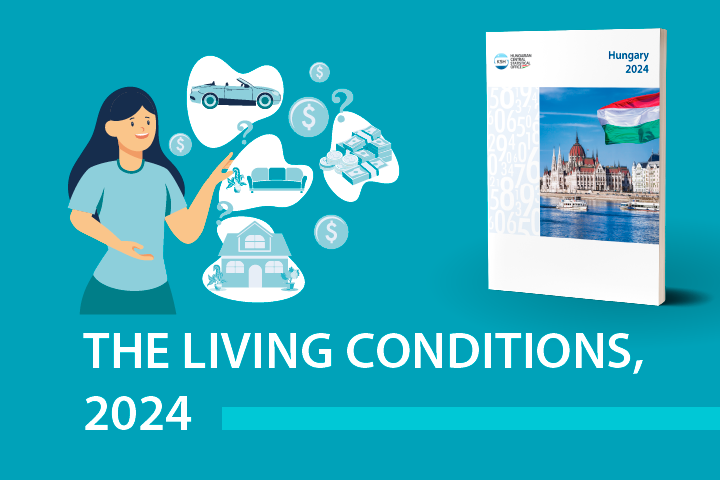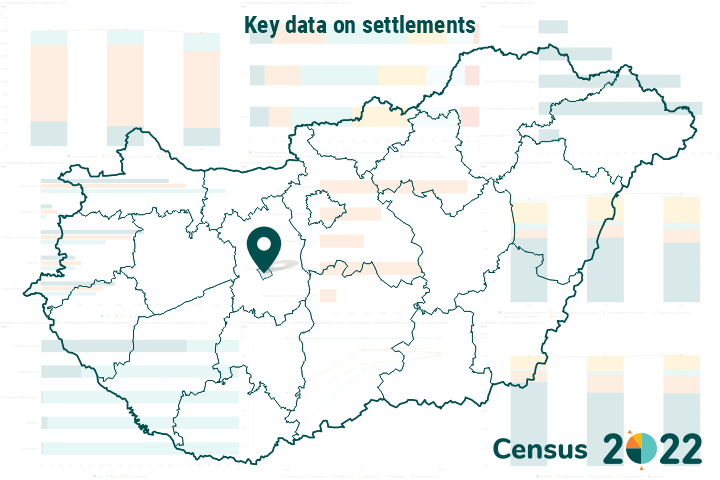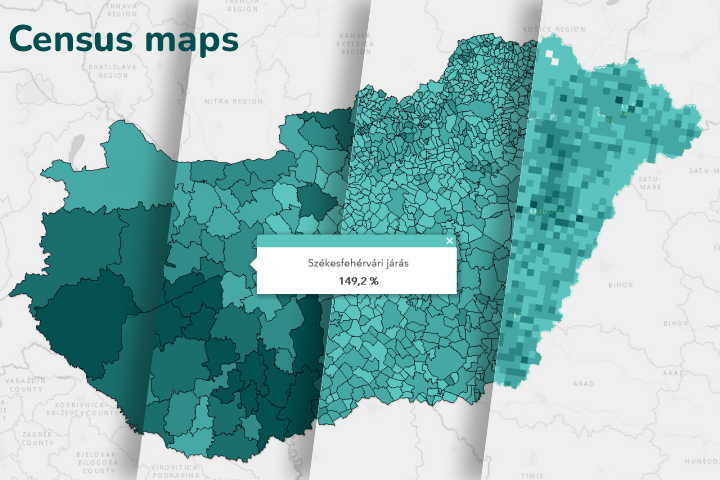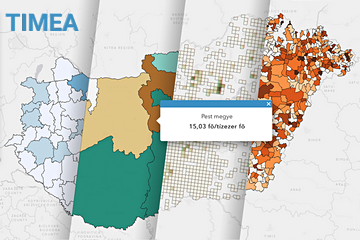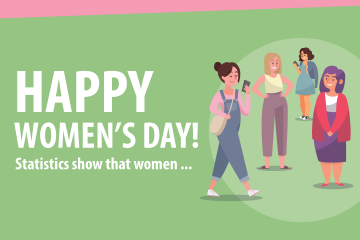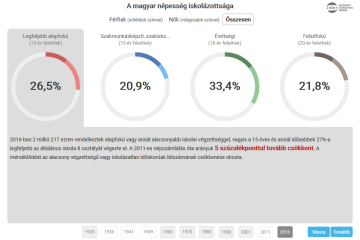Education
Education in the everyday sense is the transfer of knowledge, in the course of which a greater amount of theoretical and practical knowledge is taught to a person or a group within a usually regular, institutionalised framework. Education statistics includes measuring the educational level and qualifications of the population, assessing the performance of initial education (until 2011 public education) and tertiary educational institutions, publishing data on human and financial resources of education, and monitoring the lifelong learning process of the individual (workplace training and adult education).
Key figures
Expenditure on education of the budgetary institutions as a percentage of GDP
Indicator description
Share of budgetary expenditures on education in the gross domestic product. Budgetary expenditure on education includes kindergarten, primary, secondary, tertiary education, other education and other expenditure related to education.
Source of data:
Summary Tables (STADAT)
Last data for period: 2024
Share of participants in formal education in the 3–22 year-old population
Indicator description
The indicator shows the share of the population aged 3–22 who take part in initial full-time education and training.
Source of data:
Summary Tables (STADAT)
Last data for period: 2024/2025
Share of population aged 25–64 participating in education, training
Indicator description
In the population aged 25–64, the share of those who participated in formal or informal education or training in the 12 months prior to the interview.
Source of data:
Adult education (preliminary) statistical reflection (Hungarian)
Last data for period: 2016
Share of young people with tertiary educational attainment
Indicator description
In the population aged 25–34, the share of those who have tertiary educational attainment.
Source of data:
Summary Tables (STADAT)
Last data for period: 2024
Featured
HCSO Monitor
The collection of interactive figures provides up-to-date information on the latest domestic and international socio-economic trends. The decisive part of the figures included in HCSO Monitor are downloadable in both image and data formats (PNG, SVG and CSV). Feel free to browse the data in HCSO Monitor, updated many times a week!
Start of School Year
In September 2025, 1.1 million students have begun their studies in various levels of initial and vocational education in full-time education, which is almost the same as the previous school year. In 2024, households with students aged 24 and younger spent an average of 45.6 thousand forints per child on starting school. Although most textbooks are available free of charge to students in initial and vocational education, the purchase of workbooks, foreign language books and publications that students wish to keep still represents additional expenses for families.
Statistical Yearbook of Hungary, 2024
The yearbook provides an overview of Hungary's demographic, social and economic trends, environmental characteristics and their changes over time, with the help of tens of thousands of data in some 500 tables, charts and maps. In the chapter devoted to earnings and incomes, it is a novelty compared to previous years that net earnings in which allowances and types of exemptions are accounted for, too, came into focus from 2019. In the number of employees, people working in working time shorter than 60 working hours per month are also taken into account. In addition, the theme of environment is completed with areas declared world heritage sites by UNESCO.
Yearbooks, pocketbooks, data repositories
A new sub-page has been added to the HCSO website, more than 400 yearbooks, pocketbooks and data collections, a total of a hundred thousand pdf format pages close to 150 thousand excel tables and several thousand static and interactive graphs and maps are available for download. The sub-page offers the possibility of filtering these yearbooks, pocketbooks and data collections by reference year, serial name, format (PDF, XLS) and supplements (graphs, maps). Users may compile their own list of publications based on the year- and pocketbooks, data collections, adequate to their interests.
Hungary, 2024
Hungary’s GDP increased by 0.5% amid global challenges in 2024. The performance of goods-producing industries lessened, while that of service-providing ones rose, which shows the duality of economic trends. Household consumption picked up, which was considerably encouraged by the purchasing power of earnings growing again with the inflationary wave calming down. Besides, the data series reveal that the level of employment reached another peak.
Snapshots, 2024 - Education
In Hungary, 59 thousand children were enrolled in daytime care facilities for young children in 2024, almost 22% of the relevant age group (0-2 year olds). In the 2024/2025 school year, 1 million 689 thousand children and young people participate in full-time education at various levels of initial education, vocational training and tertiary education. Compared to the previous school year, the number of children in kindergartens and students in secondary and tertiary education has increased, while that of primary school students has decreased. In total, nearly 231 thousand people receive part-time education.
Day of Debrecen, 11 April 2025
King Leopold I gave Debrecen free royal town status in a patent dated 11 April 1693, in commemoration of this event the city is celebrating since 1998 its day on 11 April. Debrecen was the capital of the country twice, since the mid-1980s it is the second most populous city of Hungary (preceding Miskolc). It is a significant economic and educational-cultural centre. The city is the first in the rank of county seats considering the number of registered enterprises, and the University of Debrecen hosts, among the tertiary educational institutions of Hungary, the most foreign students.
TÉR-KÉP, 2023 – Regional differences in Society
The Regional differences in Society chapter of the TÉR-KÉP (Map-Snap), 2023 publication offers information, beside demographic and labour market processes, about Hungary’s healthcare and social services systems, too. Regional disparities in the country’s public- and tertiary education are made known. The former is mainly following the regional distribution of the population, while the latter is strongly concentrated in larger cities. During the 2023/2024 academic year 56% of full-time students participating in tertiary undergraduate and postgraduate training studied in Budapest, 42% in towns of county rank. The complete publication is available in Hungarian: TÉR-KÉP, 2023.
Educational data, 2024/2025 (preliminary data)
In the 2024/2025 school year, 1.9 million children and students participate in the different levels of initial, vocational and tertiary education in Hungary. Compared to the previous school year, the number of kindergarten children as well as students in secondary schools and tertiary educational institutions increased, while that of students in primary schools decreased. The number of full-time teachers and instructors in initial education and vocational training has risen to nearly 148 thousand, which is an increase of more than 2,300 compared to a year earlier. The number of teachers and lecturers working in tertiary education institutions also increased.
Related themes
Methodological information
Release and revision calendarPublication repertory
Census data |
Census |
|---|---|
| Census 2022 database | Population census 2022 |
| National regional data | Population census 2011 |
| 4. Educational attainment data | Microcensus 2016 |
| 6. National and county data | Population census 2001 |
| 20. Living conditions of the elderly population | Population census 2001 |
| 21. Data on statistical subregions | Population census 2001 |
| 30. Educational attainment of the population | Population census 2001 |






